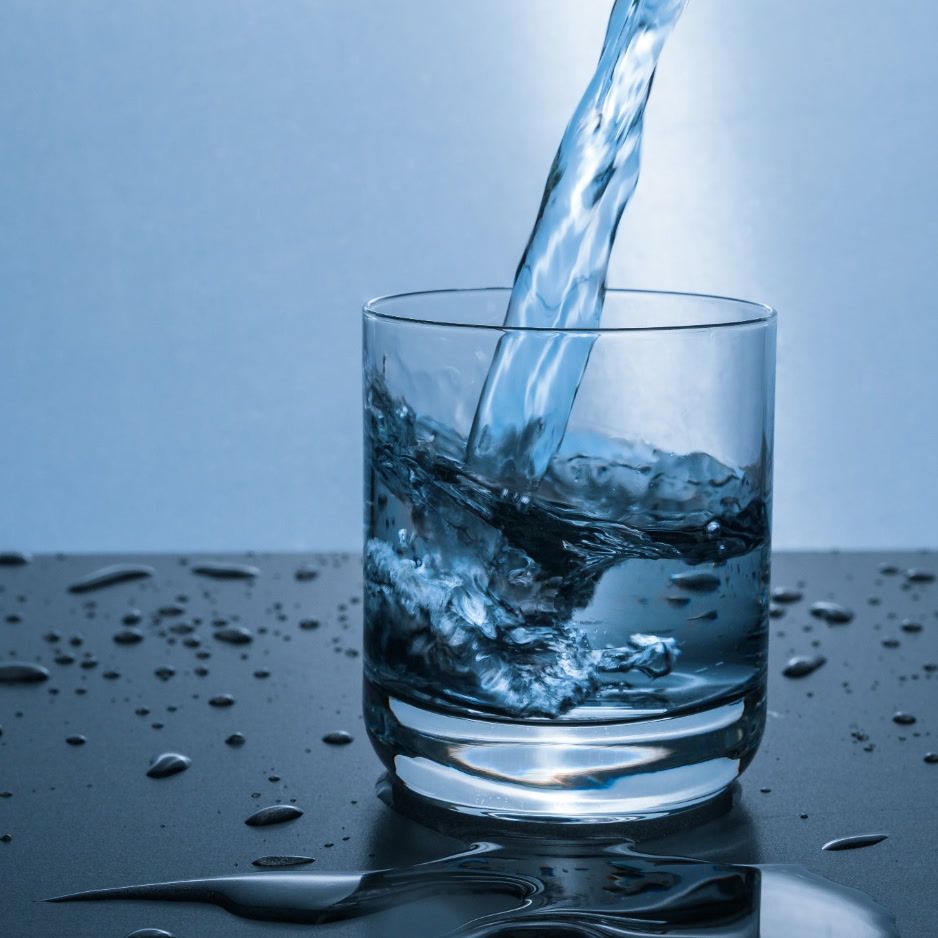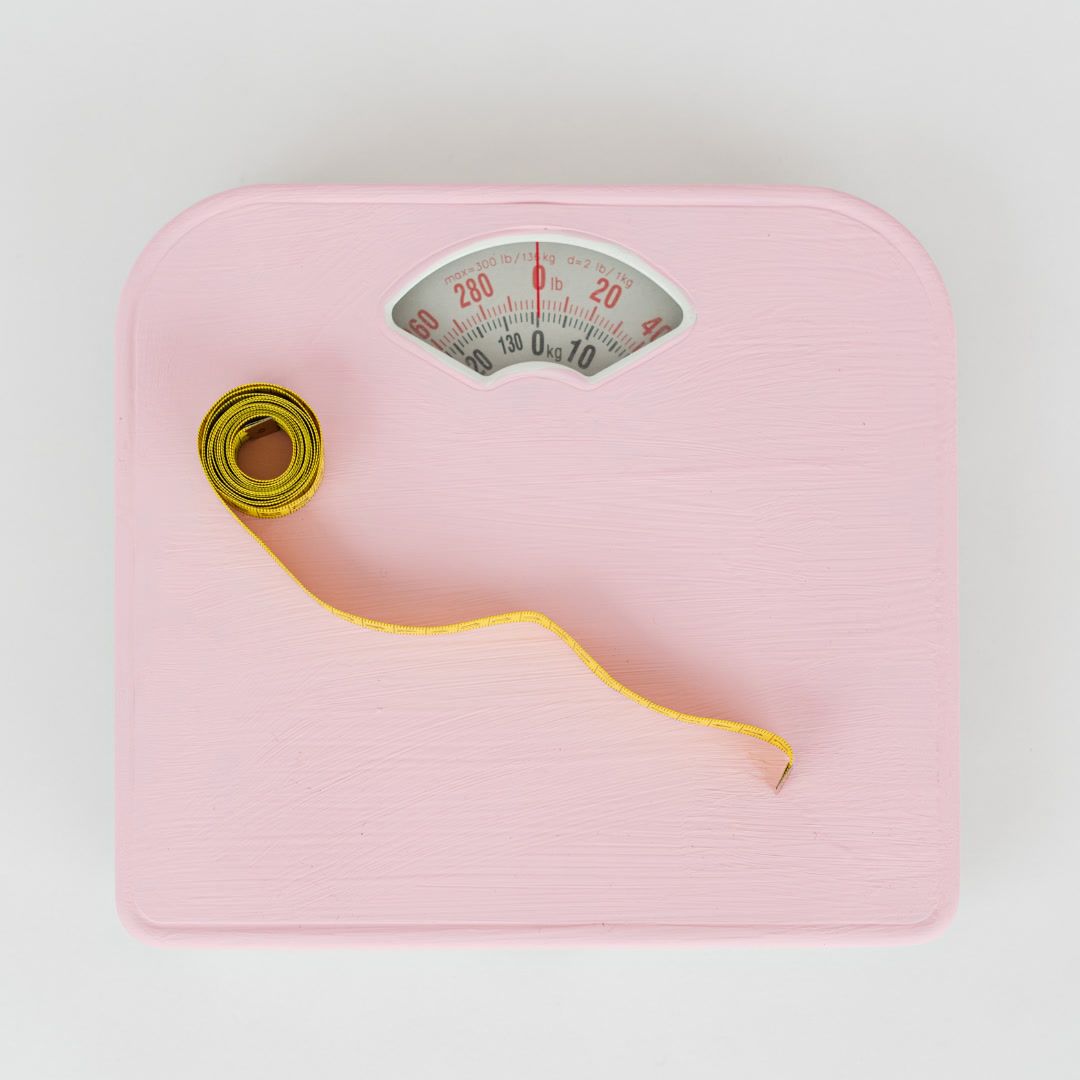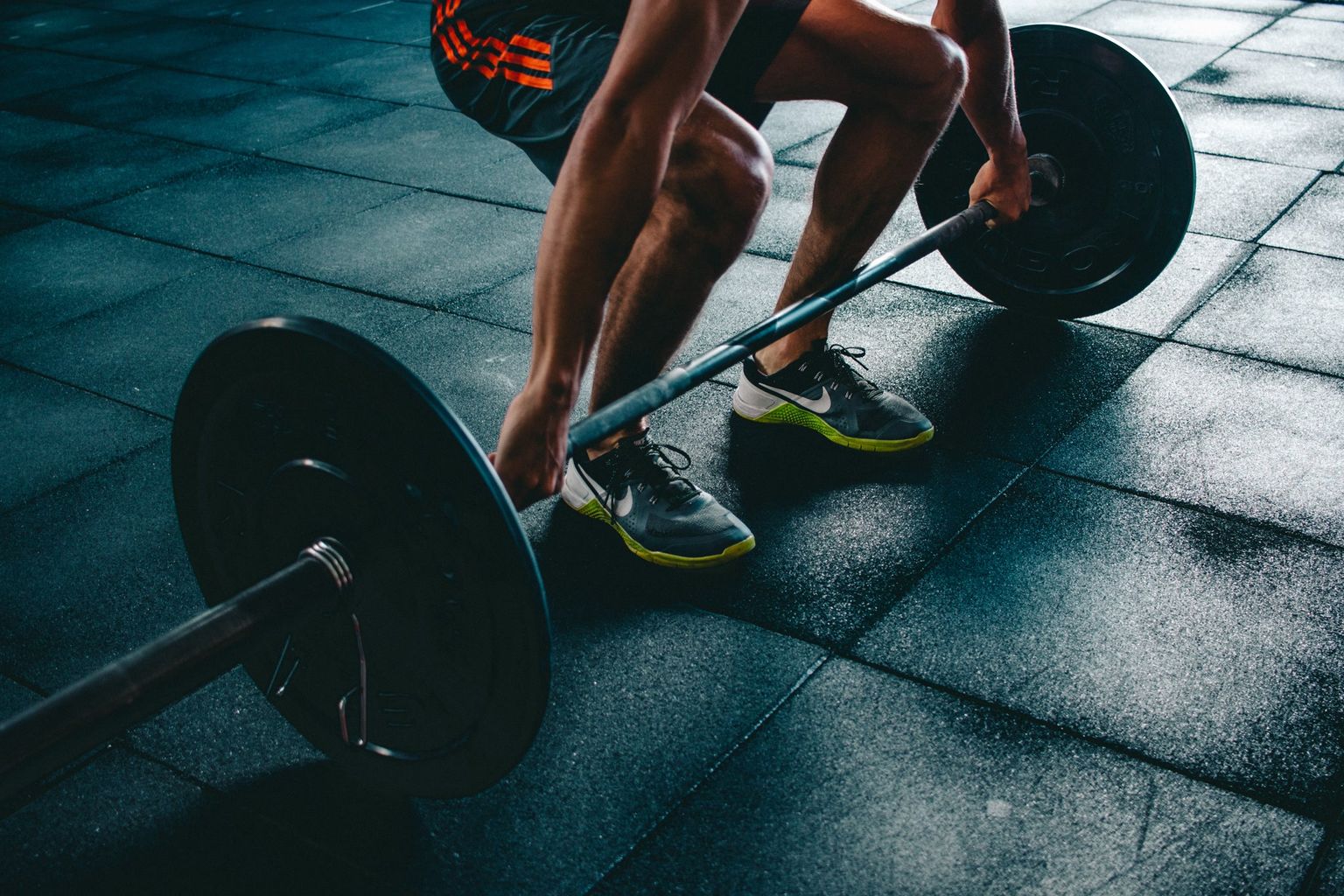10 Worst Foods for Prostate Health (+ What to Eat Instead)
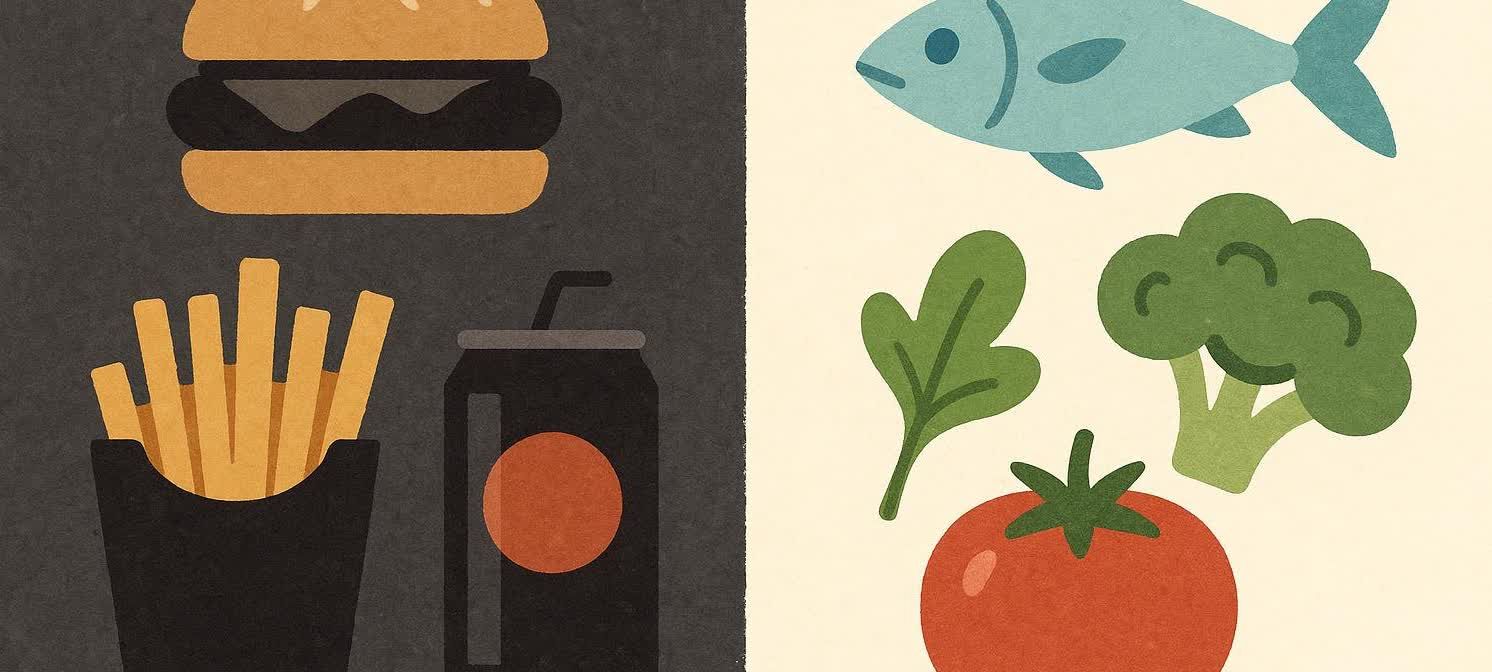
10 Worst Foods for Prostate Health (+ What to Eat Instead)
Prostate trouble isn’t just a number on your PSA level. For many men it starts as a sleepless night (thanks, nocturia), an urgent dash to a restroom, or pelvic discomfort that’s too often chalked up to “getting older.” Diet can’t change your age, but it can turn down the volume on benign prostatic hyperplasia (BPH) symptoms and, according to mounting evidence, influence long-term prostate-cancer risk.
Below, you’ll find the 10 worst foods for prostate health—split into two easy sections:
- 5 foods that immediately aggravate BPH and lower-urinary-tract symptoms (LUTS)
- 5 foods tied to a higher lifetime risk of aggressive or fatal prostate cancer
Why Diet Matters for Your Prostate
• Inflammation. Saturated fat, trans fat, and simple sugars fan inflammatory pathways that can enlarge the prostate and fuel tumor growth, as shown in a 2019 Nature Communications study.
• Hormone balance. Calcium-rich dairy and animal fat may bump up insulin-like growth factor-1 (IGF-1) and dihydrotestosterone (DHT), both linked to prostate enlargement, according to a 2021 systematic review in World Journal of Men’s Health.
• Metabolic health. Excess visceral fat raises systemic inflammation and estrogen conversion, adding another hormonal nudge. (Track yours with a BodySpec DEXA scan)
🎯 Bottom line: Replacing high-fat, highly processed fare with fiber-rich fruits, vegetables, and omega-3 sources can slash prostate-related inflammation and improve urinary comfort—often within a month.
How We Chose These “Worst” Foods
- Human data first. Priority went to meta-analyses, large cohort studies, and clinical trials.
- Dose matters. A single burger won’t torpedo your prostate, but routine over-consumption might.
- Real-world relevance. Items are common in North-American diets, making them realistic targets for change.
Part A – Immediate BPH Triggers
1. High-Sodium Processed Meats
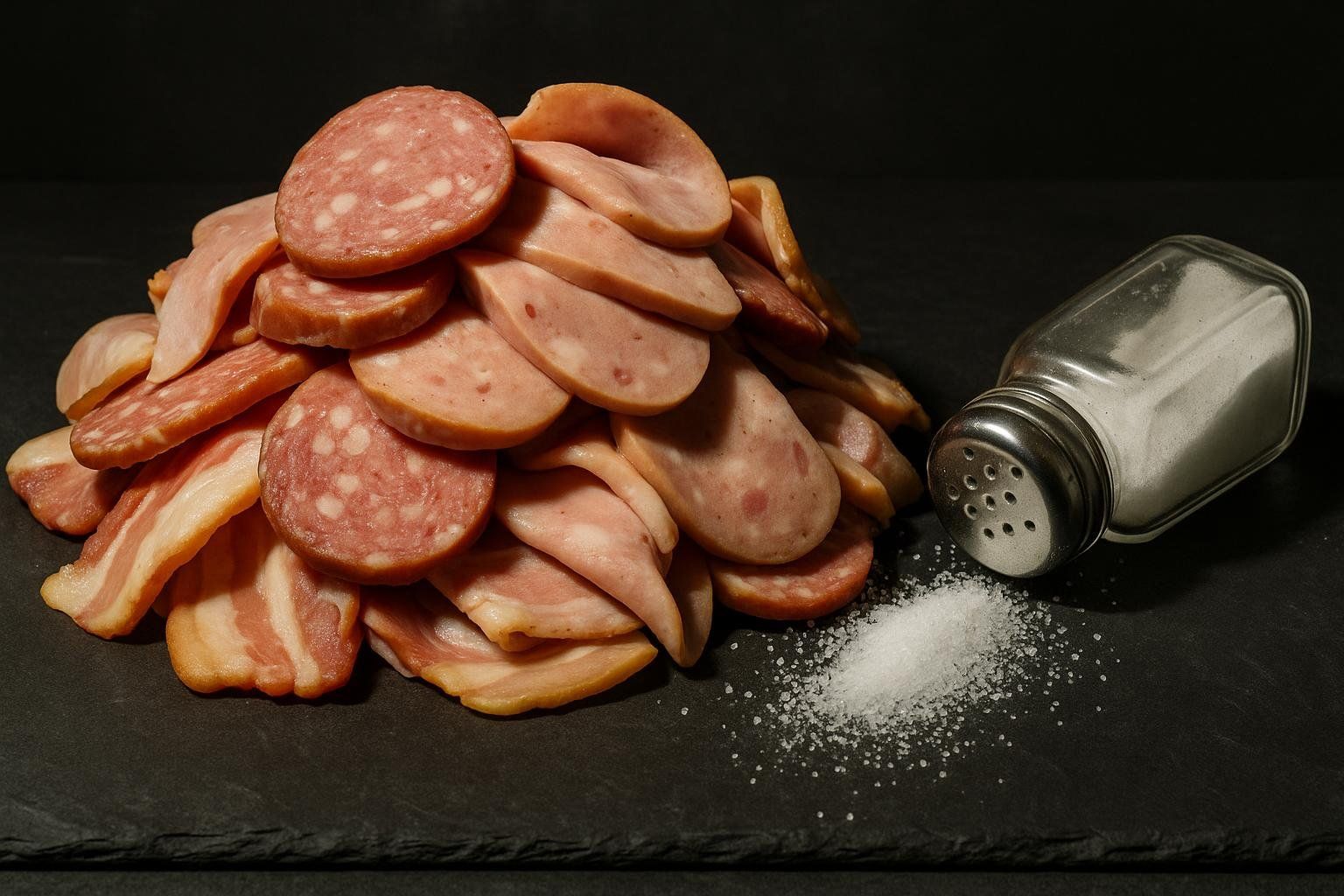
A community-based study in European Urology found that higher sodium intake correlated with more severe LUTS. Processed meats add a double whammy of saturated fat and preservatives.
Smart swap: Rotisserie chicken or tinned salmon (look for < 140 mg sodium per serving).
2. Caffeine (Coffee, Energy Drinks)

Caffeine acts as both a bladder stimulant and a mild diuretic, increasing urgency and frequency.
Smart swap: Half-caf, herbal tea, or matcha (lower total caffeine but still provides antioxidants).
3. Alcohol (Especially Beer & Spirits)
A 2017 systematic review on diet and LUTS reported that men consuming two or more drinks per day were more likely to experience moderate-to-severe symptoms.
Smart swap: Mocktails made with sparkling water, citrus, and bitters.
4. Refined Sugars & Sugary Beverages
A 2021 analysis of U.S. men found that higher total sugar intake was independently associated with elevated PSA levels. Liquid sugar hits especially fast.
Smart swap: Infused water, unsweetened iced tea, or stevia-sweetened electrolyte mixes. If cravings strike, see our guide to stopping sugar cravings.
5. Spicy “Trigger” Foods
Capsaicin-heavy hot sauces and pepper-laden dishes can irritate the bladder and urethra in some men, intensifying urgency.
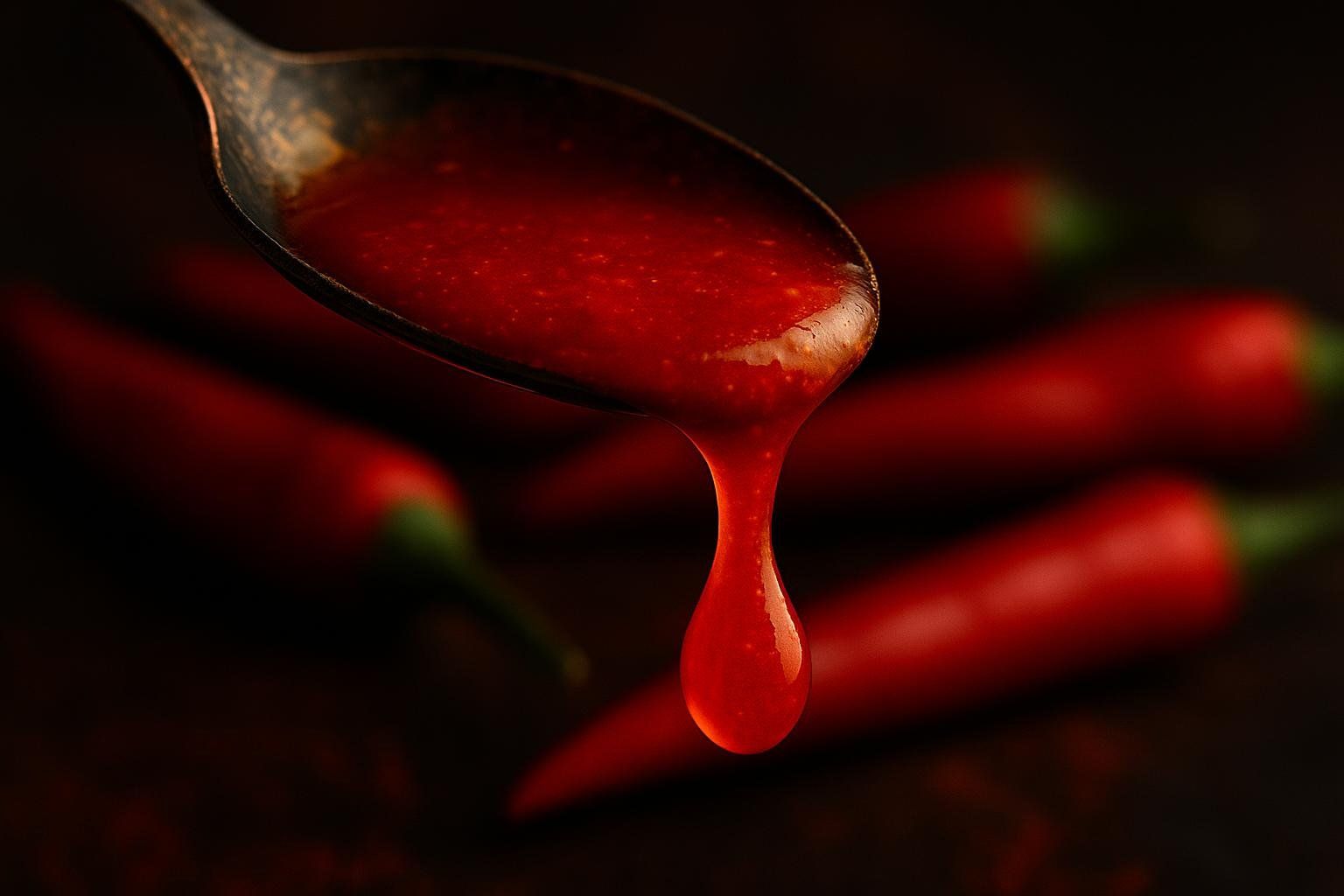
Smart swap: Warm spices such as turmeric or ginger, which have anti-inflammatory properties.
Part B – Long-Term Cancer-Risk Foods
6. Full-Fat Dairy
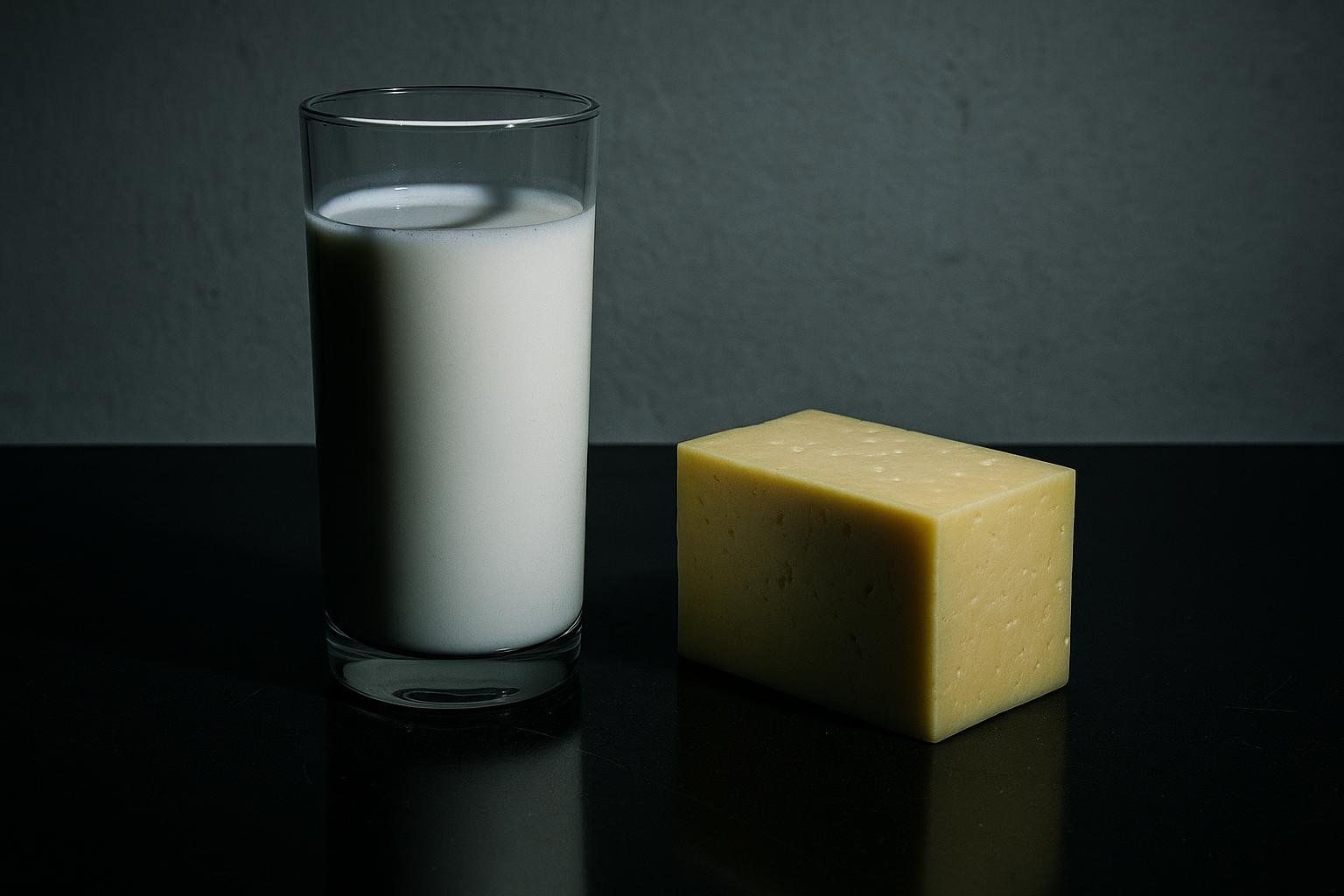
A 2021 systematic review in World Journal of Men’s Health linked high milk and cheese intake with up to a 60 % higher risk of fatal prostate cancer. Mechanisms include calcium-driven suppression of vitamin D and increases in IGF-1.
Smart swap: Fortified soy, almond, or oat milk; kefir for fermented benefits.
7. Charred & Grilled Red Meat
High-temperature cooking forms heterocyclic amines (HCAs) and polycyclic aromatic hydrocarbons (PAHs), both carcinogenic to prostate tissue, as shown in a prospective study on meat mutagens.
Smart swap: Marinate meat in herbs like rosemary or thyme—an experiment in the Journal of Food Science found such marinades cut total HCA levels by up to 87 %—or choose baked salmon.
8. Trans-Fat-Heavy Fried Foods
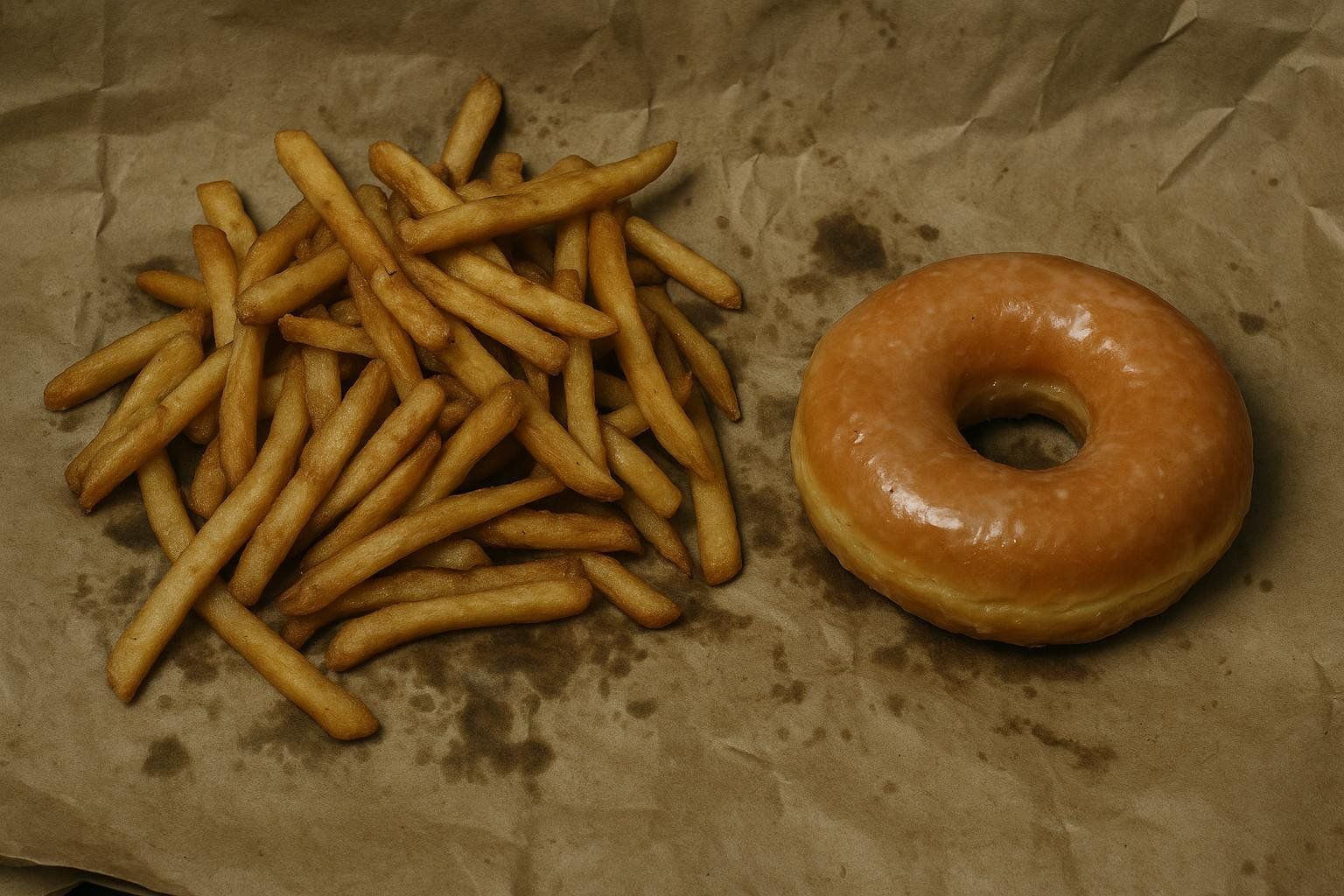
A meta-analysis on fried food and prostate cancer reported a 35 % higher risk among men with the greatest intake. Fast-food fries and donuts are prime offenders.
Smart swap: Air-fried sweet-potato wedges brushed with olive oil.
9. Ultra-Processed Snack Foods
Higher ultra-processed food (UPF) consumption has been linked to elevated all-cause and cancer mortality in adults, according to a 2022 Nutrients cohort study.
Smart swap: Nuts and seeds; their zinc content supports prostate function. For more ideas, check our list of unprocessed snacks.
10. High-Glycemic Refined Carbs (White Bread, Pasta)
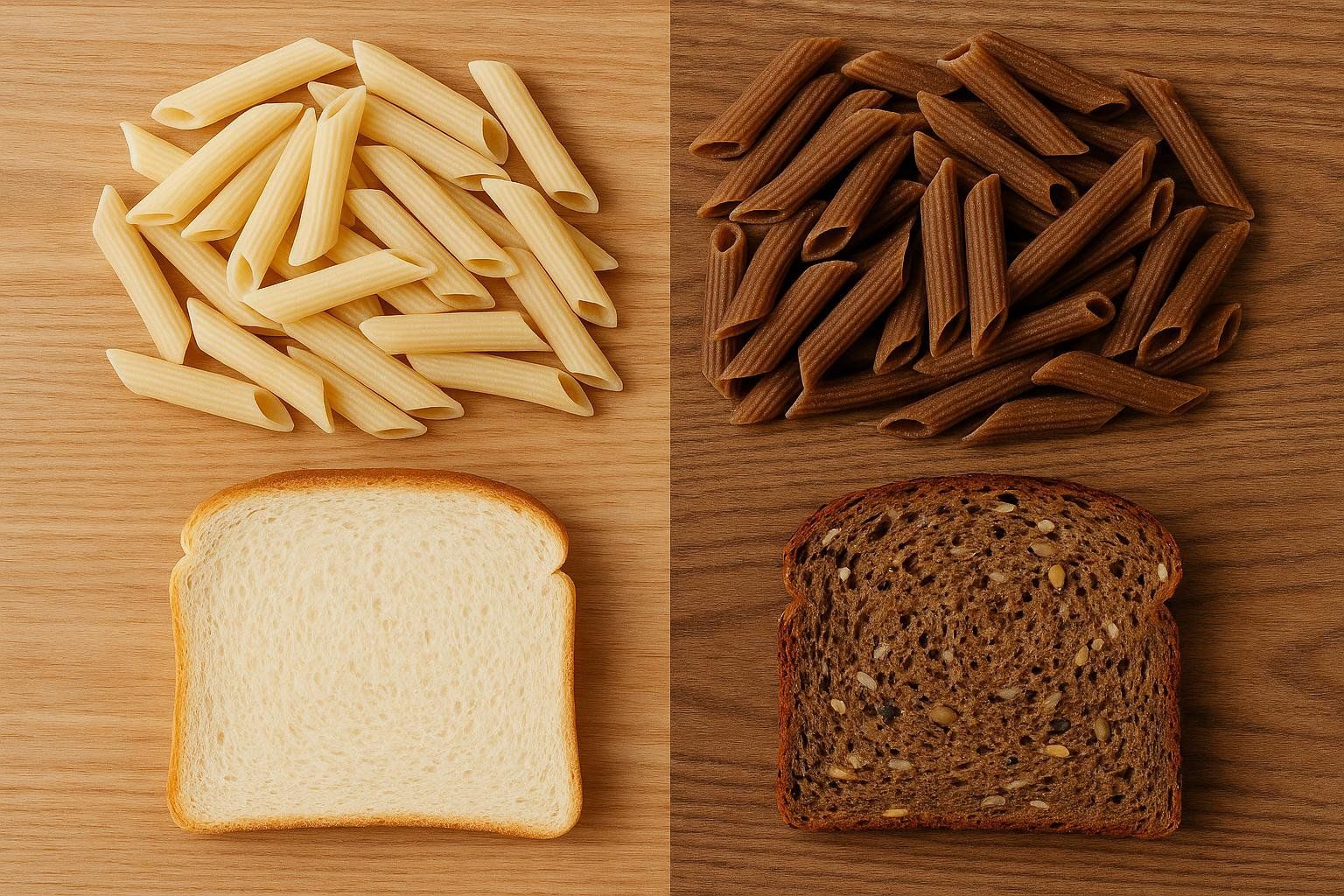
A case-control study in Annals of Oncology found a 26 % higher prostate-cancer risk for men in the highest versus lowest quartile of dietary glycemic index (PubMed 15382070).
Smart swap: Whole-grain or legume-based pasta; quinoa instead of white rice.
Quick-Reference Table
| # | Food Category | Main Concern | Better Choice |
|---|---|---|---|
| 1 | Processed meats | Sodium, saturated fat | Lean poultry, fish |
| 2 | Caffeine | Bladder stimulation | Herbal tea |
| 3 | Alcohol | Hormonal disruption | Mocktails |
| 4 | Sugary drinks | Insulin spikes | Infused water |
| 5 | Spicy foods | Bladder irritation | Anti-inflammatory spices |
| 6 | Full-fat dairy | IGF-1, calcium overload | Fortified plant milks |
| 7 | Charred red meat | HCAs & PAHs | Baked fish, marinated meats |
| 8 | Fried foods | Trans fats | Air-fried veggies |
| 9 | Ultra-processed snacks | Additives, trans fats | Nuts & seeds |
| 10 | Refined carbs | High GI/GL | Whole grains |
Putting It Into Practice
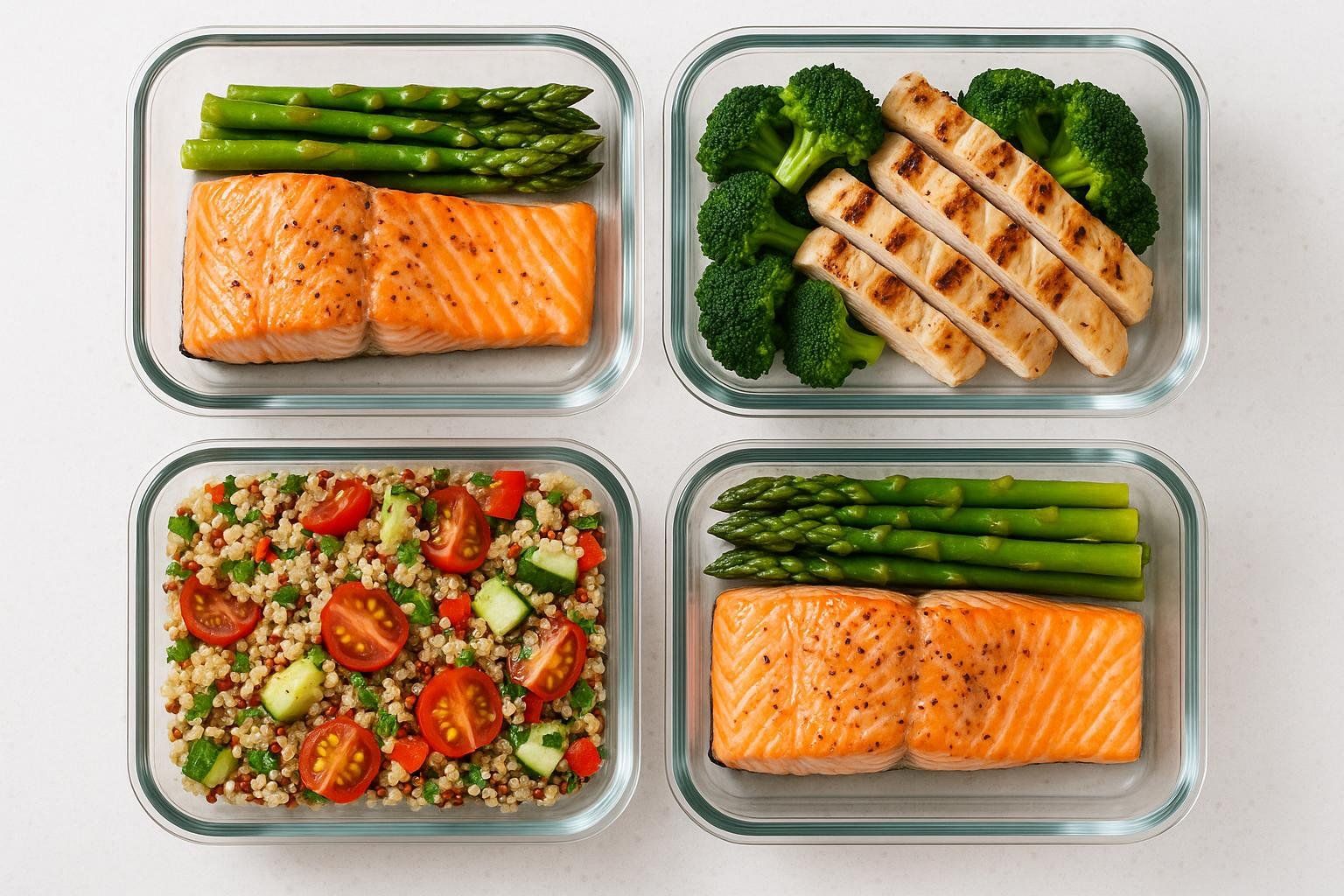
- Run a 7-day symptom tracker. Log what you eat, fluid intake, and nighttime bathroom trips to spot personal triggers.
- Batch-prep prostate-friendly meals. Sheet-pan dinners (salmon & broccoli) reduce temptation to grab fast food.
- Stay active. Regular exercise improves insulin sensitivity and reduces visceral fat. Pair it with our guide to foods that reduce inflammation.
Track Your Progress Beyond the Bathroom
Diet fixes feel great, but objective data tells the full story. A BodySpec DEXA scan shows:
- Visceral-fat levels that correlate with systemic inflammation
- Lean mass you’ll want to preserve as you age
- Bone density—relevant because long-term androgen-deprivation therapy can thin bones
📅 Book a scan at one of our mobile or in-clinic locations and complete your body composition scan in under 15 minutes.
Frequently Asked Questions
Does every man need to give up dairy entirely?
Not necessarily. Evidence points to high intakes of full-fat milk and cheese as the main culprits. Moderate servings of low-fat, fermented dairy may be neutral—or even beneficial—so aim for balance rather than blanket elimination.
Are plant-based meat alternatives safer?
They dodge HCAs and saturated fat but can be ultra-processed and sodium-heavy. Read labels and opt for whole-food protein sources when possible.
How soon will I notice fewer nighttime bathroom trips?
Some studies suggest that reducing caffeine and sodium may bring noticeable improvements within 2–4 weeks, though individual results vary.
Key Takeaways
- Start with the easy wins. Swapping sugary drinks and late-night caffeine can pay off within days.
- Think long game. Limiting charred red meat and full-fat dairy supports lower cancer risk.
- Measure what matters. Pair dietary changes with BodySpec DEXA scans to watch visceral fat—and your overall health—trend in the right direction.
Ready to reclaim comfortable nights and stack the odds in your favor? Schedule a BodySpec scan today. Your prostate will thank you.
